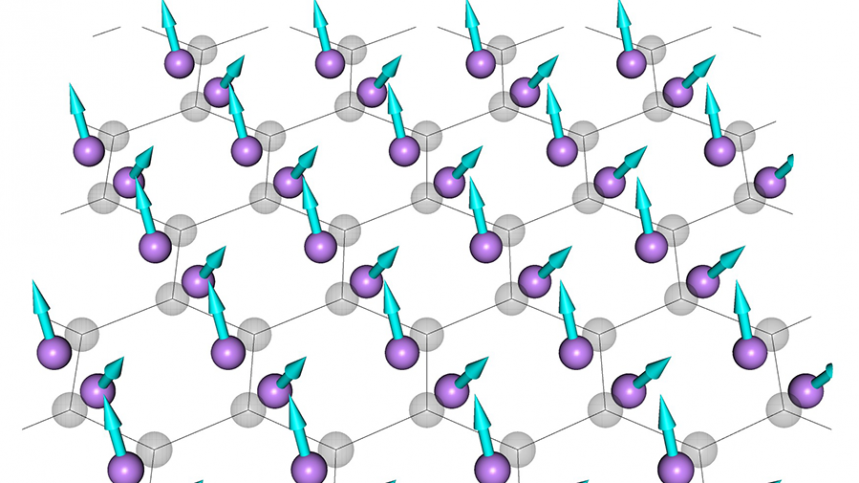Non-trivial quantum geometry and the strength of electron–phonon coupling
Electron–phonon coupling is crucial for the existence of various phases of matter, in particular superconductivity and density waves. Here, we devise a theory that incorporates the quantum geometry of the electron bands into the electron–phonon coupling, demonstrating the crucial contributions of the Fubini–Study metric or its orbital selective version to the dimensionless electron–phonon coupling constant. We apply the theory to two materials, that is, graphene and MgB2, where the geometric contributions account for approximately 50% and 90% of the total electron–phonon coupling constant, respectively. The quantum geometric contributions in the two systems are further bounded from below by topological contributions. Our results suggest that the non-trivial electron band geometry or topology might favour superconductivity with a relatively high critical temperature.
Read the whole article in Nature Physics.
